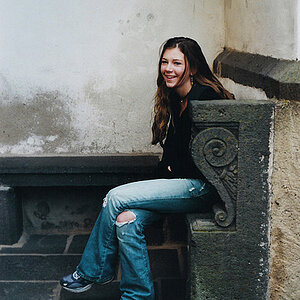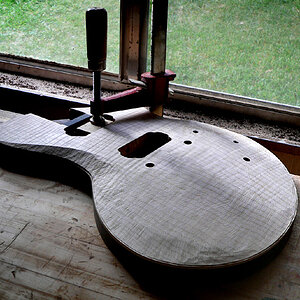tnfalk
TPF Noob!
- Joined
- Feb 2, 2012
- Messages
- 12
- Reaction score
- 0
- Location
- new england
- Can others edit my Photos
- Photos NOT OK to edit
hello,
I am working on scanning old work and i noticed a defect appearing in all of my attempts, both with 35mm slides and bw negatives. I have attached a portion of an image to show everyone. I circled the defects.
 It appears as jagged,broken up edges in various places. I am using an Epson V850, setting it to scan at 400 dpi and then scaling the output for an 8"x10" image. I am pretty careful to use the negative tray correctly. I am by far not a digital expert, so please bear with me on this subject.
It appears as jagged,broken up edges in various places. I am using an Epson V850, setting it to scan at 400 dpi and then scaling the output for an 8"x10" image. I am pretty careful to use the negative tray correctly. I am by far not a digital expert, so please bear with me on this subject.
I am usually scanning 4x5 and dont see the problem there, however i havent used the scanner in a few months so i dont know if the problem is with all formats. Any suggestions will be welcome. thanks.
I am working on scanning old work and i noticed a defect appearing in all of my attempts, both with 35mm slides and bw negatives. I have attached a portion of an image to show everyone. I circled the defects.
I am usually scanning 4x5 and dont see the problem there, however i havent used the scanner in a few months so i dont know if the problem is with all formats. Any suggestions will be welcome. thanks.



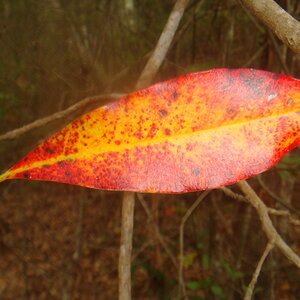


![[No title]](/data/xfmg/thumbnail/32/32929-22e23acc63d6ecb25e5ee941be87121f.jpg?1619735758)

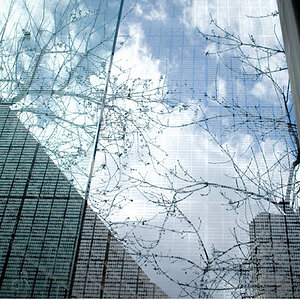

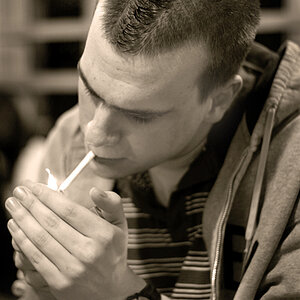
![[No title]](/data/xfmg/thumbnail/31/31013-b871f1d295c83b831c1423028e1ce5dc.jpg?1619734568)
